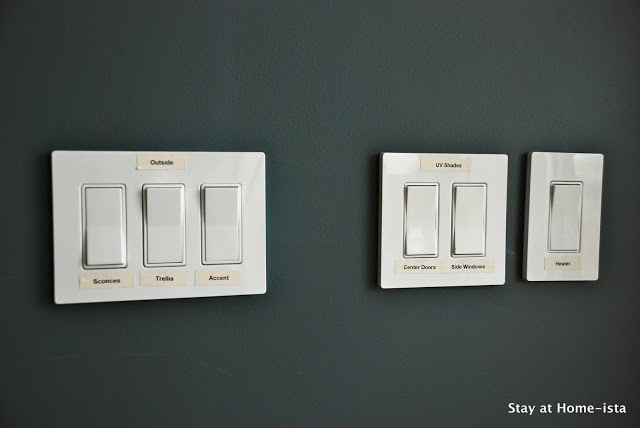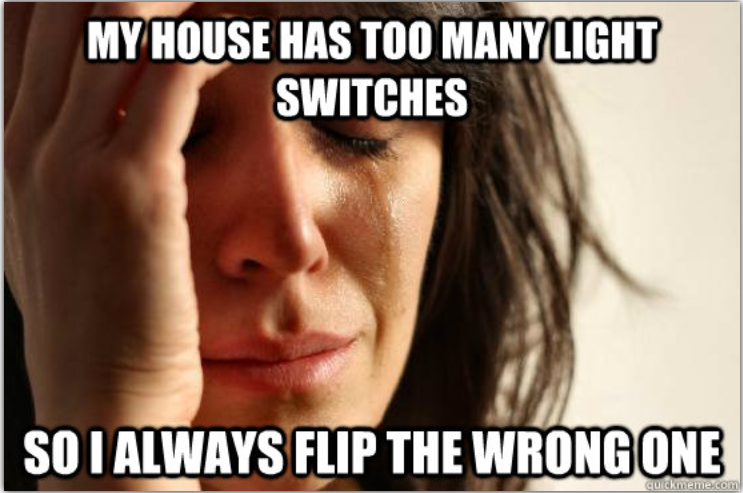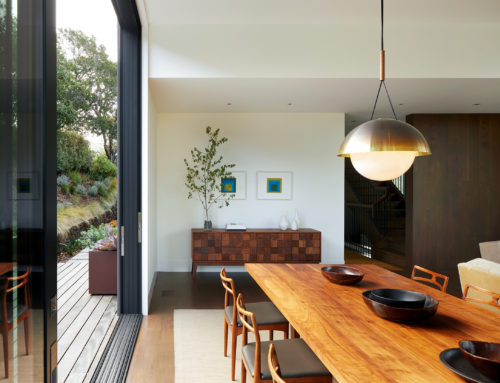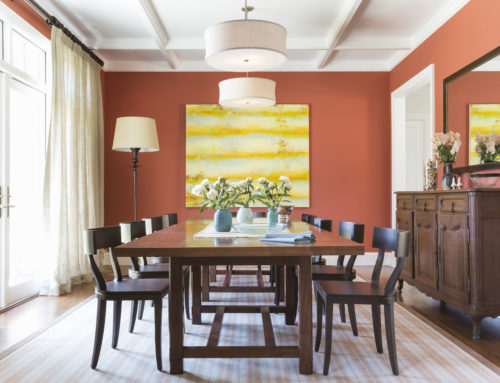Rules for Lighting Your Home #5: Don’t Put Too Many Switches in One Spot
by Alden Miller | August 22, 2013 | Design Lab
Too Many Switches
Any more than three switches on a single wall can be too much of a visual impact and also confuse the user. There’s nothing worse than going around flipping all the switches in a room trying to find the one you are looking for! If you’re in a situation that calls for more switches than normal, here are some solutions to try
-
Combine fixtures. Do you really need to control all these lights separately? Can you group two or more lights that will be used in tandem on the same switch?
-
Relocate some switches to a more task-specific area close to the actual fixture. For example, the switch for the fan can be near the fan, or the switch for the wall sconces can be next to or under one of the sconces.
-
Upgrade to a smart dimmer. With advanced technology now available, you can install a hybrid keypad which allows all of your switches to be wired to a single keypad. Instead of turning each separate switch on and off, home owners can set scenes in the room customizing which lights should be on together and at what level of dimness.

Three-way switches are a great solution so you don’t have to stumble through the dark after you have turned off your living room lights, but take a moment to think how far away the other side of the room really is. Depending on the size of your home and the room, it often can be more of a headache not to know which switch is which. The convenience of 3-way switches can just add to the problem, so use them cautiously!
Up Next In Our Lighting Series. . .
In the next post in this series is tip #6: Be Conscientious about how to save energy when planning the lighting in your home. In the meantime, go get some sunshine!
Need Help?
If you are working on a remodel of a room, or rooms, in your home and would like help with the design (including lighting!), please contact us to learn more about our services and our areas of operation.






